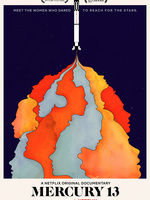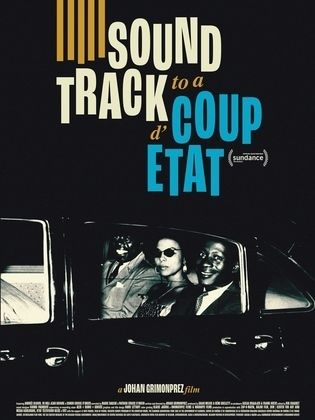Nikita Khrushchev (1894 - 1971) نيكيتا خروتشوف
Biography
A communist leader and Soviet statesman, he ruled the Soviet Union from 1953 to 1964. He was born in Kalinkova, Kursk Province. He joined the Communist Party in 1918 and fought alongside the Red Guards during the Civil War. After the revolution restored peace, he worked as a...Read more miner before joining the Workers' University in 1922, where he became the secretary of a communist cell. In 1929, he was sent to Moscow to study at its Industrial Academy, and he remained there until 1931. Upon his return to Ukraine, he began to quickly rise to the highest party positions. He held several political high positions. In World War II, he transferred Soviet industries from Ukraine to the east to save them from the German invasion. Then he worked in the war councils on the Western and Southwestern fronts, participated in organizing the partisan war behind German lines, and contributed as a political commissar in the army to defend Stalingrad. He received the rank of lieutenant general in 1943, and upon the Soviet liberation of Kiev in November, he resumed his role as the First Secretary of the Communist Party of the Soviet Union. In December 1949, he moved to Moscow, where he became one of the secretaries of the party's Central Committee and gained a favorable reputation in the field of agricultural policy. The Communist Party of the Soviet Union elected him to the Presidential Council of the Central Committee and the Secretariat of the Committees in October 1952. His leadership period witnessed important developments, including the dissolution of the Cominform in 1956, the establishment of the Warsaw Pact in 1955, and the conclusion of the Partial Nuclear Test Ban Agreement in 1963. He died on September 11, 1971.
-
- Nationality:
- Belarus
-
- Died on:
- 11 September 1971
Watch Online (Sponsored By Yango Play)
-
-
- One Last Sin
- 2025 - Series
-
-
- Al Shater
- 2025 - Movie
-
-
- Ward w Shokolata
- 2025 - Series
-
-
- Rocky El Ghalaba
- 2025 - Movie
-
-
- Siko Siko
- 2025 - Movie
-
-
- 2 Qahwa
- 2025 - Series
Known for
(According to views)
More details
A communist leader and Soviet statesman, he ruled the Soviet Union from 1953 to 1964. He was born in Kalinkova, Kursk Province. He joined the Communist Party in 1918 and fought...Read more alongside the Red Guards during the Civil War. After the revolution restored peace, he worked as a miner before joining the Workers' University in 1922, where he became the secretary of a communist cell. In 1929, he was sent to Moscow to study at its Industrial Academy, and he remained there until 1931. Upon his return to Ukraine, he began to quickly rise to the highest party positions. He held several political high positions. In World War II, he transferred Soviet industries from Ukraine to the east to save them from the German invasion. Then he worked in the war councils on the Western and Southwestern fronts, participated in organizing the partisan war behind German lines, and contributed as a political commissar in the army to defend Stalingrad. He received the rank of lieutenant general in 1943, and upon the Soviet liberation of Kiev in November, he resumed his role as the First Secretary of the Communist Party of the Soviet Union. In December 1949, he moved to Moscow, where he became one of the secretaries of the party's Central Committee and gained a favorable reputation in the field of agricultural policy. The Communist Party of the Soviet Union elected him to the Presidential Council of the Central Committee and the Secretariat of the Committees in October 1952. His leadership period witnessed important developments, including the dissolution of the Cominform in 1956, the establishment of the Warsaw Pact in 1955, and the conclusion of the Partial Nuclear Test Ban Agreement in 1963. He died on September 11, 1971.
- Nationality:
- Belarus
- Died on:
- 11 September 1971





















